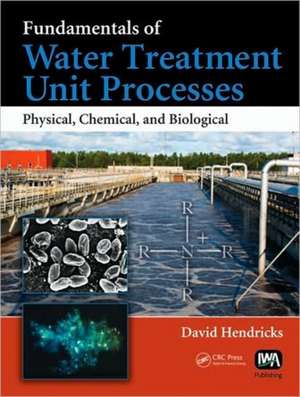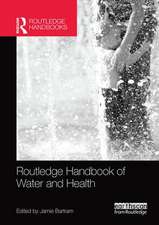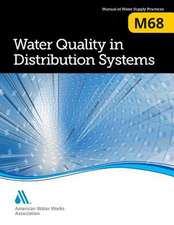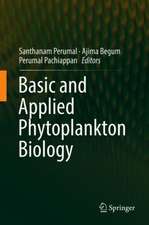Fundamentals of Water Treatment Unit Processes: Physical, Chemical, and Biological
Autor David Hendricksen Limba Engleză Hardback – 9 noi 2010
Reviewing the historical development of the field and highlighting key concepts for each unit process, each chapter follows a general format that consists of process description, history, theory, practice, problems, references, and a glossary. This organizational style facilitates finding sections of immediate interest without having to page through an excessive amount of material.
Pedagogical Features
- End-of-chapter glossaries provide a ready reference and add terms pertinent to topic but beyond the scope of the chapter
- Sidebars sprinkled throughout the chapters present the lore and history of a topic, enlarging students’ perspective
- Example problems emphasize tradeoffs and scenarios rather than single answers and involve spreadsheets
- Reference material includes several appendices and a quick-reference spreadsheet
- Solutions manual includes spreadsheets for problems
- Supporting material is available for download
Preț: 880.78 lei
Preț vechi: 1235.22 lei
-29% Nou
Puncte Express: 1321
Preț estimativ în valută:
168.59€ • 183.19$ • 141.71£
168.59€ • 183.19$ • 141.71£
Carte tipărită la comandă
Livrare economică 21 aprilie-05 mai
Preluare comenzi: 021 569.72.76
Specificații
ISBN-13: 9781420061918
ISBN-10: 1420061917
Pagini: 928
Ilustrații: 417 b/w images, 215 tables and 1549
Dimensiuni: 210 x 280 x 48 mm
Greutate: 2.29 kg
Ediția:1
Editura: CRC Press
Colecția CRC Press
Locul publicării:Boca Raton, United States
ISBN-10: 1420061917
Pagini: 928
Ilustrații: 417 b/w images, 215 tables and 1549
Dimensiuni: 210 x 280 x 48 mm
Greutate: 2.29 kg
Ediția:1
Editura: CRC Press
Colecția CRC Press
Locul publicării:Boca Raton, United States
Public țintă
UndergraduateCuprins
Foundation. Particulate Separations. Microscopic Particles. Molecules and Ions. Biological Treatment.
Descriere
Carefully designed to balance coverage of theoretical and practical principles, this textbook delineates the principles that support practice, using the unit processes approach as the organizing concept. Since technologies change but principles remain constant, the author identifies strands of theory rather than discusses the latest technologies, giving students a clear understanding of basic principles. With chapter glossaries, sidebars, illustrative examples, spreadsheet tables, problems, and a solutions manual, this book offers a complete presentation of the full scope of biological treatment. Additional supporting material is available for download on the web.















